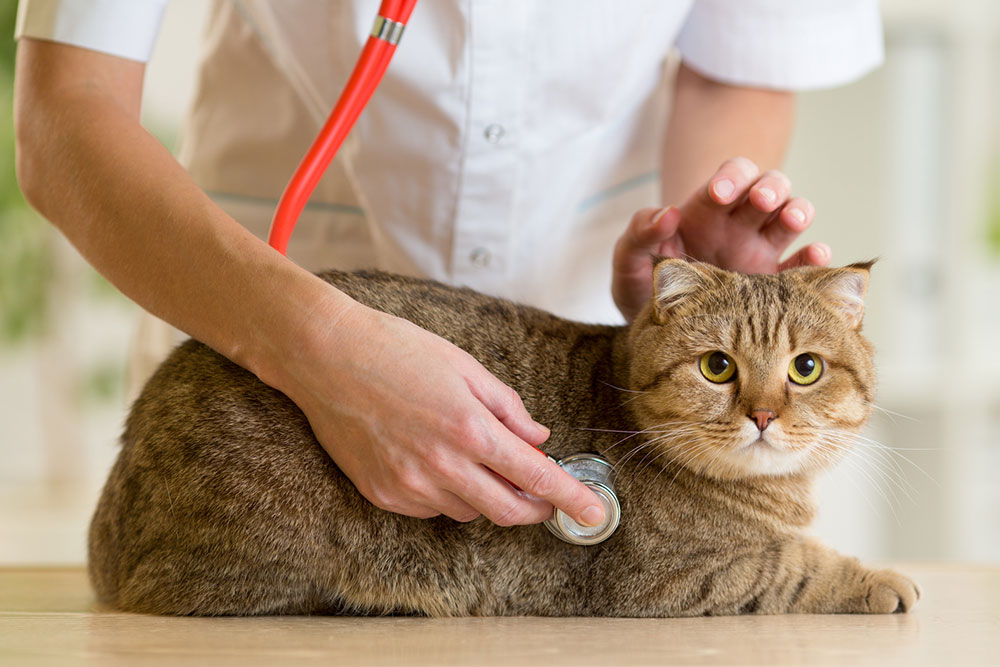
Diabetes in Pets – Causes, Symptoms, and Management
Learning that a pet has diabetes can be overwhelming, as one needs to take special care and develop a management plan for it. Diabetes can affect younger or pregnant animals, although it is more frequent in older ones. It is treatable with a veterinarian’s help if caught early. Observing early signs and symptoms for a proper diagnosis is important. Here are a few things to know about diabetes, including symptoms, risk factors, and treatment options:
1. Risk factors and causes
While diabetes can occur at any age in dogs and cats, it is roughly around the age of 7–10 years that they are diagnosed with this issue. Cats are usually more than six years of age when diagnosed with diabetes. According to research, female dogs are twice as likely to develop diabetes as male dogs. There is also a possibility that certain breeds of dogs may be predisposed to diabetes. Since excess visceral mass is a cause of diabetes, dogs or cats need extra care and exercise as a precaution. Also, those who have an overactivity of the adrenal gland or the thyroid gland can also be at risk of developing diabetes. These conditions are called hyperadrenocorticism and hyperthyroidism. Other illnesses that could trigger diabetes include urinary tract infections, kidney disease, heart disease, skin infections, and pancreatitis.
2. Signs and symptoms
Noticing the early signs is very crucial when it comes to the diagnosis and treatment of this condition. These symptoms include excessive water intake, which also leads to excessive urination. A change in urination frequency needs to be observed to understand this symptom. Some pets have a decreased appetite and feel lethargic. Others may have cloudy eyes, especially in dogs. In some pets, one of the most common signs is chronic or recurring infections like skin or even urinary tract infections.
3. Treatment
When it comes to treatment options, veterinarians recommend taking insulin. Depending on the diagnosis, they may require insulin twice a day to manage the glucose levels in the body. Some other management tips, like those mentioned below, can be followed:
- Nutrition
When it comes to meals, consider giving home-cooked meals that are well thought out and contain all the essential nutrients necessary to reduce glucose spikes. Other factors, like the dog’s activity level, deficiencies, and age, should be considered when formulating meals. A nutrition plan that is high in fiber is always good. Including high-quality protein and complex carbohydrates in their foods, which keeps them full for longer, is essential. Always speak to the veterinarian before coming up with a meal plan. - Exercise
Ensuring that a pet is not leading a sedentary lifestyle is very important, as exercising helps keep glucose levels in check. It also helps keep the appetite and cravings in check. Parents should consult with a vet about any specific exercises that should be included. Pets that are old and have joint issues may need to do different sets of exercises that support and improve joint health. One should always follow a doctor’s advice before trying any remedies on a pet.
